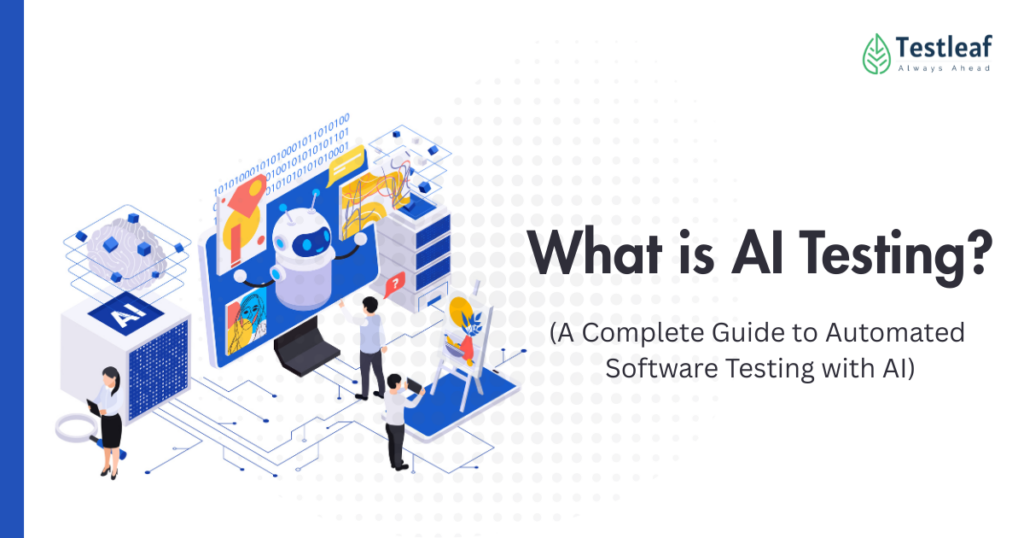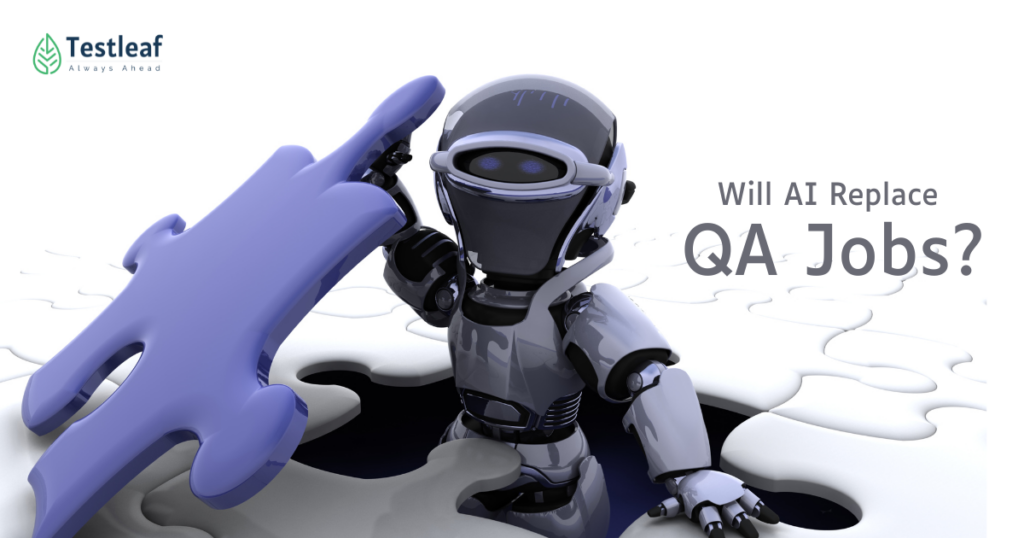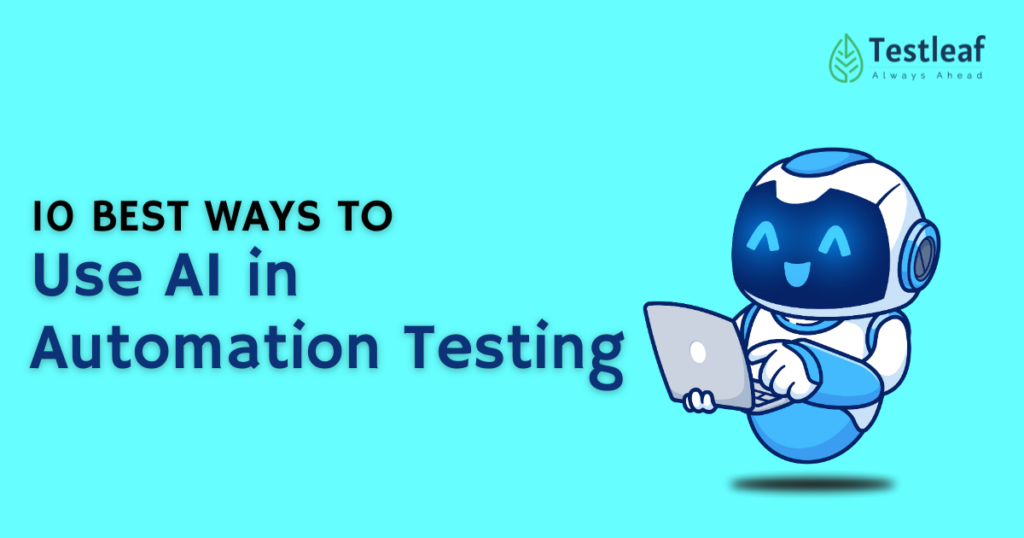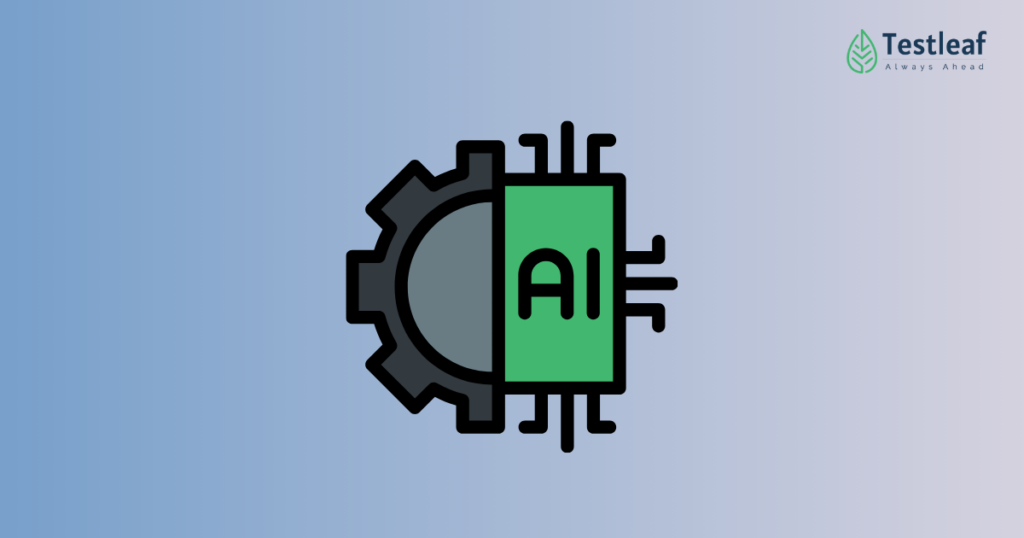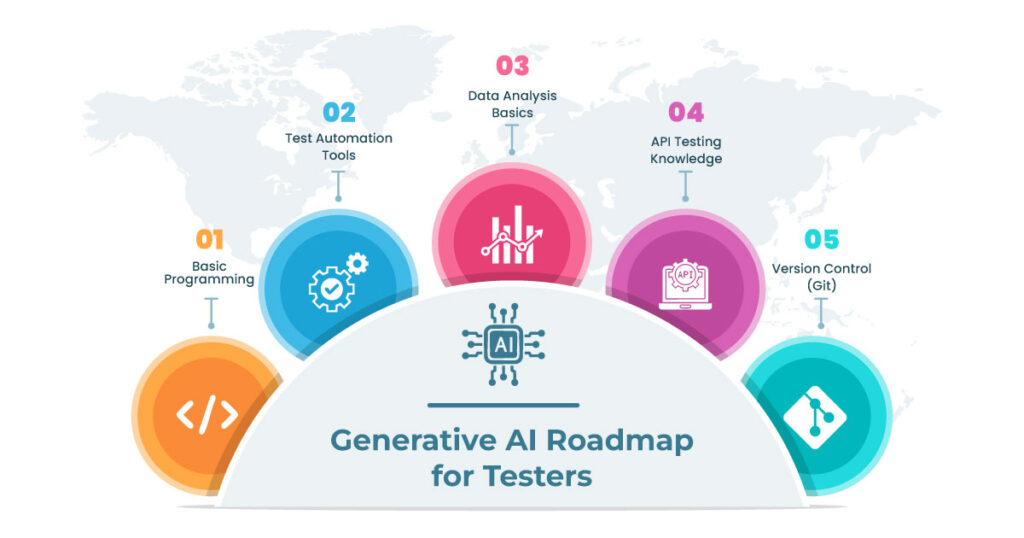The software testing landscape is evolving faster than ever, and Generative AI (GenAI) is at the forefront of this transformation. By leveraging GenAI technologies, QA testers can now automate more, test smarter, and deliver better-quality software at speed. From predictive test case generation to self-healing scripts, QA testing with AI is no longer a concept of the future—it’s the present.
In this article, we explore the top 7 ways GenAI is revolutionizing software testing, and how testers can prepare for this shift.
1. Intelligent Test Case Generation
Manual test case creation can be time-consuming and prone to errors. GenAI enables the automatic generation of test cases based on system requirements, user stories, or previous test data.
Key Benefits:
- Reduces time spent on test design
- Ensures broader test coverage
- Generates both functional and edge-case scenarios
Tip: Use tools like Testim or Functionize that incorporate GenAI to create dynamic, real-world test scenarios with minimal human input.
Recommended for You: Automation testing interview questions
2. AI-Powered Test Script Maintenance
Test scripts often break when there’s a UI or API change. GenAI helps by identifying changes in real time and auto-updating test scripts, reducing downtime and manual fixes.
Why It Matters:
- Saves hours of maintenance time
- Increases the stability of automated test suites
Highlight: This is a game-changer for QA testers working in agile and DevOps teams with frequent code changes.
3. Enhanced Defect Prediction
GenAI models can analyze historical defect data and identify patterns that point to high-risk areas in the application. This allows QA teams to prioritize testing efforts more strategically.
AI-Powered Risk Assessment Table
| Module | Risk Level | Suggested Action |
| Payment Gateway | High | Run full regression + security tests |
| User Registration | Medium | Test with valid and invalid data |
| Admin Dashboard | Low | Sanity testing only |

Tip: Integrate GenAI with your defect tracking tools to get smarter suggestions and focus your efforts where it matters most.
4. Natural Language Processing for Test Documentation
With GenAI’s NLP capabilities, QA testers can write test cases in plain English, and the AI will convert them into executable scripts. This bridges the gap between manual and automation testers.
Advantages:
- Simplifies test automation
- Reduces dependency on coding
- Makes documentation more accessible
Example:
Input: Verify that the user can log in with correct credentials
Output: Selenium or Cypress script generated automatically.
5. Visual Testing with AI
GenAI tools can now detect visual anomalies such as misaligned buttons, color changes, or broken layouts by comparing screenshots with a baseline. This brings consistency in UI validation across devices and browsers.
Perfect for:
- Cross-browser testing
- Mobile app UI validation
- A/B testing support
Highlight: AI for QA testers helps reduce false positives by distinguishing between acceptable UI changes and real defects.
6. Continuous Testing and Real-Time Feedback
In DevOps and CI/CD pipelines, speed is crucial. GenAI enables real-time test execution analysis, alerting teams immediately about bugs or quality risks as code is deployed.
Key Features:
- Test run optimization
- Early defect detection
- Continuous learning with every run
Tip: Pair AI tools with cloud-based test labs for maximum scalability and faster feedback loops.
7. Smarter Test Data Generation
Test data is the backbone of effective testing. GenAI can generate synthetic test data that mimics real-world scenarios without compromising user privacy or compliance.
Benefits:
- Eliminates manual data preparation
- Supports both functional and performance testing
- Ensures data diversity and edge coverage
Bonus Tip: Always validate AI-generated data against security and compliance standards like GDPR.
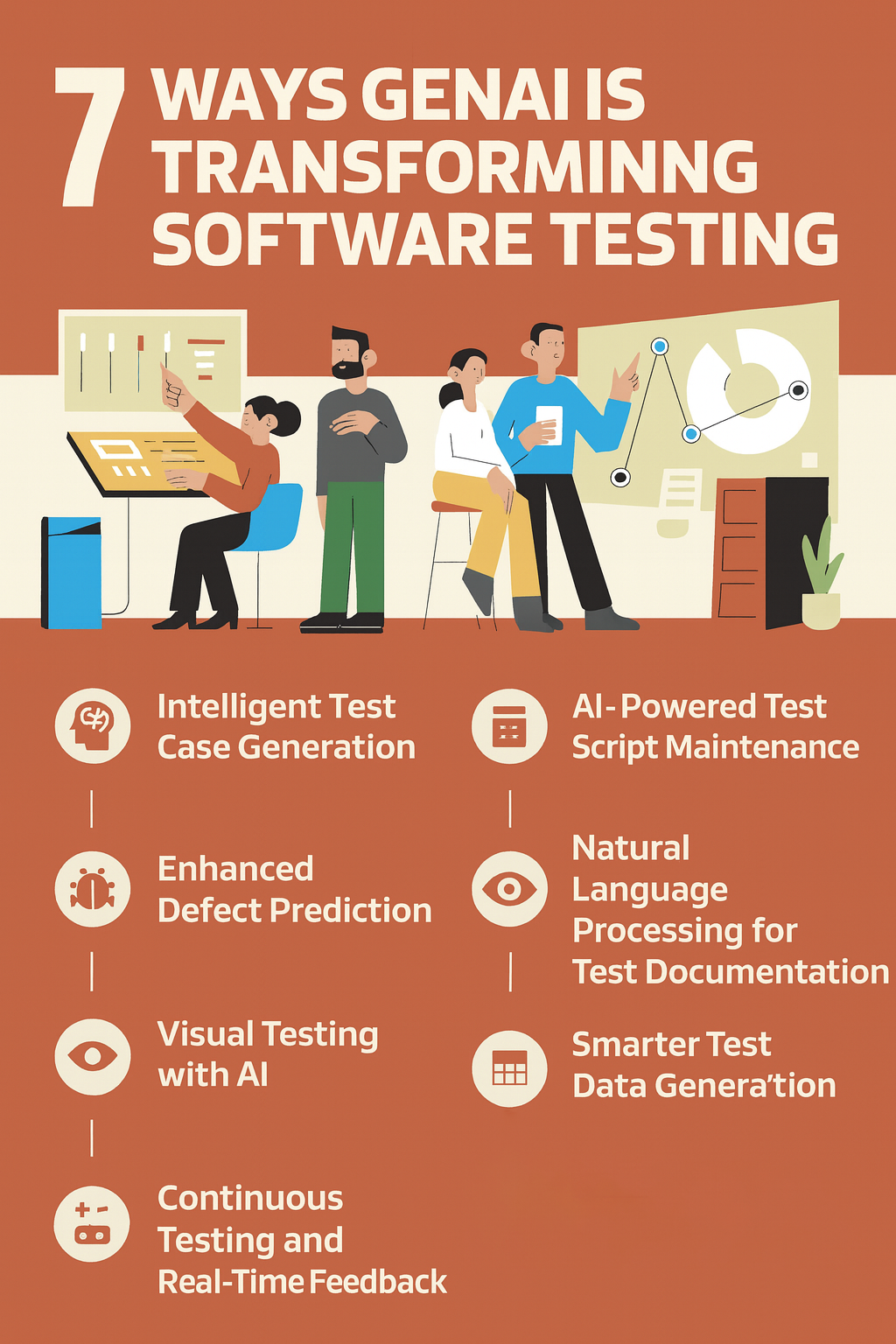
Final Thoughts: Embracing the Future of Testing
The integration of AI for QA testers is no longer optional—it’s essential. As software cycles shrink and expectations rise, QA testing with AI offers the intelligence and agility needed to stay competitive.
Summary of Key Benefits
| AI Feature | Impact on QA Testing |
| Test Case Generation | Faster, smarter testing coverage |
| Script Maintenance | Reduced manual effort and downtime |
| Defect Prediction | Risk-based testing prioritization |
| NLP Test Documentation | Easy script creation for non-coders |
| Visual Validation | Enhanced UI consistency |
| Real-Time Feedback | Faster release cycles |
| Smart Test Data | Rich and reliable test environments |
Actionable Tips for QA Testers
- Stay updated: Follow GenAI trends and tools in the QA space.
- Upskill continuously: Learn tools like ChatGPT, Testim, Applitools, and Mabl.
- Collaborate with AI: Don’t replace testers—enhance their role with AI support.
- Start small: Begin with one use-case (e.g., data generation), then scale.
Remember: The goal of using GenAI in software testing is not just automation—it’s intelligent automation. By embracing these advancements, QA professionals can play a pivotal role in delivering higher-quality software, faster.
We Also Provide Training In:
- Advanced Selenium Training
- Playwright Training
- Gen AI Training
- AWS Training
- REST API Training
- Full Stack Training
- Appium Training
- DevOps Training
- JMeter Performance Training
Author’s Bio:

As CEO of TestLeaf, I’m dedicated to transforming software testing by empowering individuals with real-world skills and advanced technology. With 24+ years in software engineering, I lead our mission to shape local talent into global software professionals. Join us in redefining the future of test engineering and making a lasting impact in the tech world.
Babu Manickam
CEO – Testleaf


